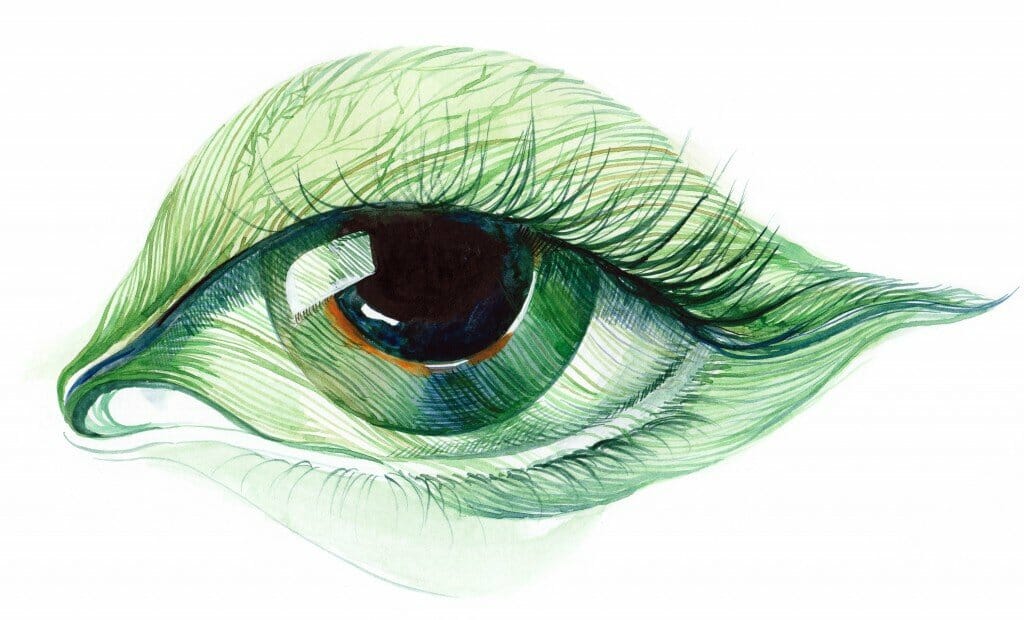Dry Eye Tests in Doctor's Offices - What You Should Know
So you think you might have dry eyes. Do you know how to ask for the definitive test to assess how severe your dry eyes are, and seek help?
Dry Eye demography
What Are the Diagnostic Tests for Dry Eyes?
Diagnostic testing for dry eye disease is becoming increasingly more accessible to eye doctors, and the diverse options available allow for a broad range of measurements. However, all of these tests may not be easily utilized. . While each person is different, and one cannot assume all people are incapable of advanced testing, generally invasive testing may be more difficult to perform.
Specific dry eye diagnostic tests lend themselves to the general population. Non-invasive tests with quick results are strongly preferred. While several tools may fall into this category, consider the following options:
• Meibography:
Visualization of the meibomian glands is essential in people suspected of early presentation of dry eye disease. Imaging the glands provides a record of the current state, but also allows for longitudinal observation of the glands in the future. Arguably, imaging meibomian oil glands could be considered as critical as moderate to advanced dry eye disease patients, because earlier therapeutic intervention may preserve or maintain meibomian gland function. Images obtained by commercially available Meibography units are obtained quickly and painlessly for patients of all ages. One such unit is called LipiView.
• Phenol red thread (PRT) also called the Schirmer's Test:
Phenol red thread is used to obtain a quantitative measure of aqueous volume. A thread is placed at the patient’s lateral canthus for 15 seconds. Once removed, the portion that changed from yellow to red is measured. Normal results are 20 millimeters or greater. Unlike Schirmer’s testing, PRT takes much less time to complete and offers little if any discomfort to the patient. Accuracy of results are comparable to traditional Schirmer’s testing.
• Non-invasive Keratograph break-up time (NIKBUT):
Some people may be reluctant to have vital dyes instilled. Unlike mydriatic drops, dyes require more patient cooperation and participation once instilled. Accuracy of findings are driven in large part by timing between dye instillation and doctor observation. Objective, quantitative data may be obtained by equipment like the Oculus Keratograph 5M’s, non-invasive keratograph break-up measurement. Similar to the use of traditional fluorescein dye with a cobalt blue filter, the patient is required to sit still for approximately 15-20 seconds. The timing could be limiting for some pediatric subjects with either test, but NIKBUT eliminates the instillation of the dye which may be irritating or frightening. Non-invasive tear break-up time can also be measured using a placido-disc topographer, or even a standard manual keratometer by simply measuring the time that passes between eye opening and degradation of corneal mires.
Eye doctors are now becoming keenly in tuned to making a dry eye diagnosis in an adult population. Opportunity lies in diagnosing and following dry eye cases with the hope of minimizing the obstruction and inflammation plaguing the general population.
How Can TheraLife Eye Enhanced help?
TheraLife® Eye Enhanced works by increasing intra-cellular metabolism (Mito-Activation), membrane permeability and blood micro circulation. This enables the Eye Enhanced to stimulate tear secretion glands to produce its own balanced sustainable tears all day long.
Taking TheraLife Eye Enhanced capsules before bedtime can often relieve night time dry eye symptoms.
To learn more about Chronic Dry Eye Solutions, please go to: click here
Talk to a doctor: Call toll free 1-877-917-1989: US & Canada
International (650- 949-6080)
Send email inquiries to: info@theralife.com









